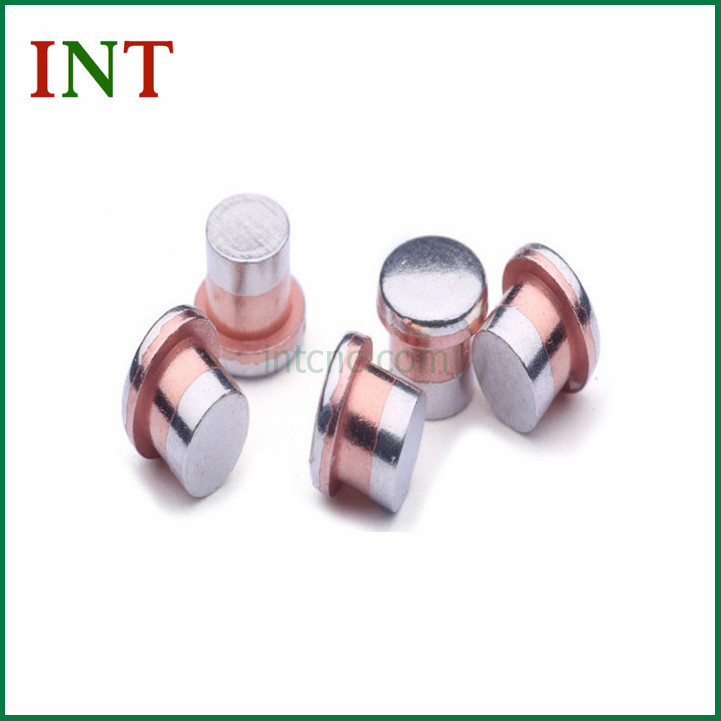Unveiling the Brilliance of AgSnO2 Silver Contacts: A Step Forward in Electrical Engineering
2023-10-17
Introduction:
In the realm of electrical engineering, the quest for superior materials that enhance the performance and reliability of devices is a constant endeavor. Among the many advancements, AgSnO2 (silver-tin oxide) has emerged as a remarkable material for electrical contacts. Its unique combination of excellent electrical conductivity, low contact resistance, and high durability has made it a preferred choice in various applications. In this blog, we will delve into the fascinating world of AgSnO2 silver contacts, exploring their properties, applications, and the impact they have made in the field.
Understanding AgSnO2 Silver Contacts:
AgSnO2, a composite material comprising silver (Ag) and tin oxide (SnO2), exhibits exceptional properties that make it highly desirable in electrical contact applications. The silver component provides excellent electrical conductivity, while the tin oxide enhances the contact's mechanical strength and wear resistance. The synergistic effect of these two elements results in a superior material that outperforms conventional silver contacts in many aspects.
Key Properties and Advantages:
1. Electrical Conductivity: AgSnO2 contacts exhibit high electrical conductivity, making them suitable for applications requiring low resistivity. This property ensures efficient power transmission and reduces energy losses, making AgSnO2 contacts ideal for high-current applications.
2. Low Contact Resistance: The low contact resistance of AgSnO2 enables a reliable electrical connection with minimal energy loss. This property is particularly crucial in high-power devices, where even small resistive losses can significantly impact performance.
3. Mechanical Strength and Durability: The addition of tin oxide enhances the mechanical strength of AgSnO2 contacts, making them more resistant to wear and tear. This attribute ensures prolonged reliability and stable electrical performance over an extended lifespan.
4. Arc and Welding Resistance: AgSnO2 contacts possess excellent arc and welding resistance, enabling them to withstand high-current switching operations without degradation. This property is particularly advantageous in applications such as power distribution systems and circuit breakers.
Applications of AgSnO2 Silver Contacts:
The exceptional properties of AgSnO2 silver contacts make them highly versatile, finding applications across various domains. Some prominent applications include:
1. Power Distribution Systems: AgSnO2 contacts are widely used in power distribution systems, such as switchgear and circuit breakers. Their low contact resistance and high durability ensure efficient and reliable power transmission.
2. Automotive Industry: AgSnO2 contacts are employed in automotive relays, switches, and connectors due to their robustness, arc resistance, and ability to handle high currents. They contribute to improved safety and performance in critical automotive systems.
3. Industrial Equipment: AgSnO2 contacts find application in heavy-duty industrial equipment, such as motor controls, power switches, and contactors. Their high reliability and resistance to electrical arcing make them suitable for demanding operational environments.
4. Renewable Energy: AgSnO2 contacts are utilized in solar panel junction boxes, inverters, and wind turbine systems. The low contact resistance and high durability enable efficient power conversion and transmission in renewable energy systems.
Conclusion:
AgSnO2 silver contacts have emerged as a remarkable material in electrical engineering, revolutionizing various applications with their superior electrical conductivity, low contact resistance, and exceptional durability. Their versatility and reliability make them a go-to choice for industries ranging from automotive to renewable energy. As technological advancements continue, it is highly likely that AgSnO2 contacts will play an increasingly significant role in shaping the future of electrical engineering, facilitating more efficient and sustainable systems.



